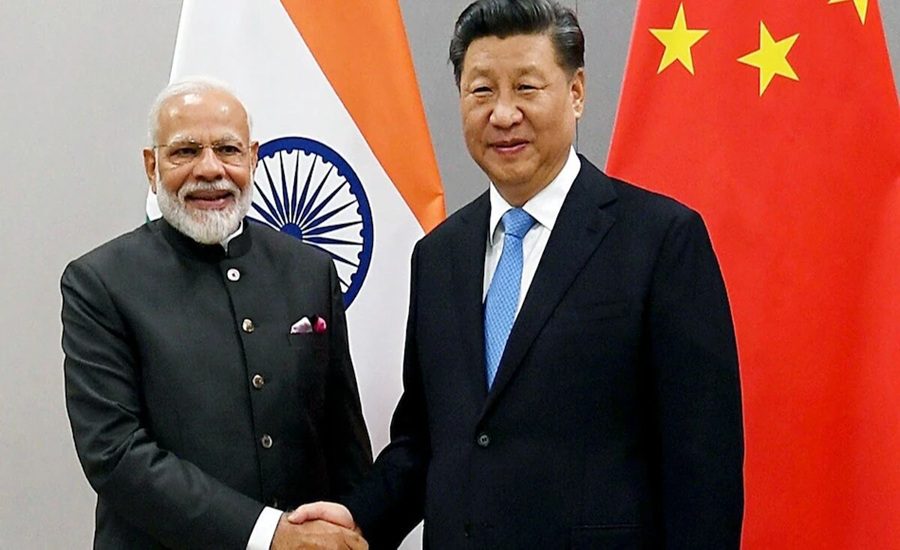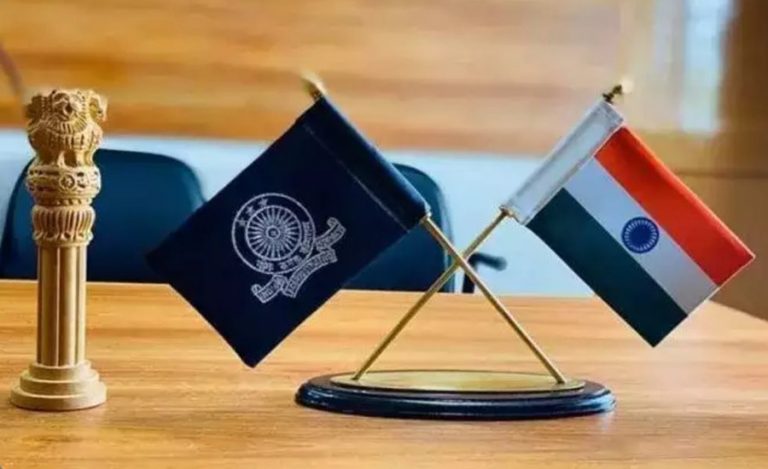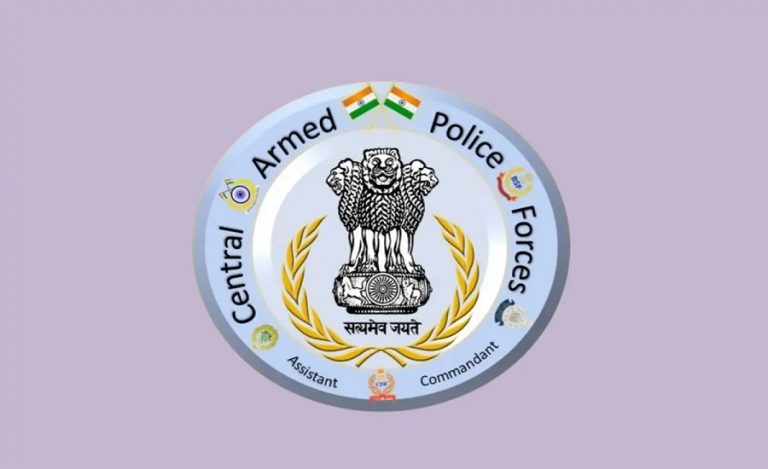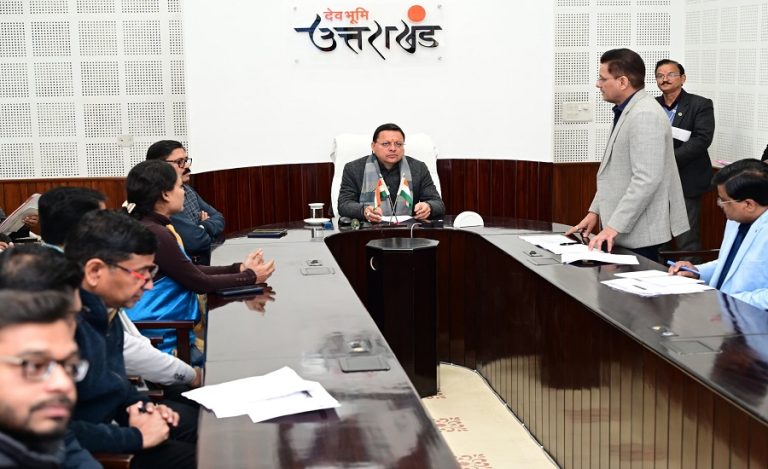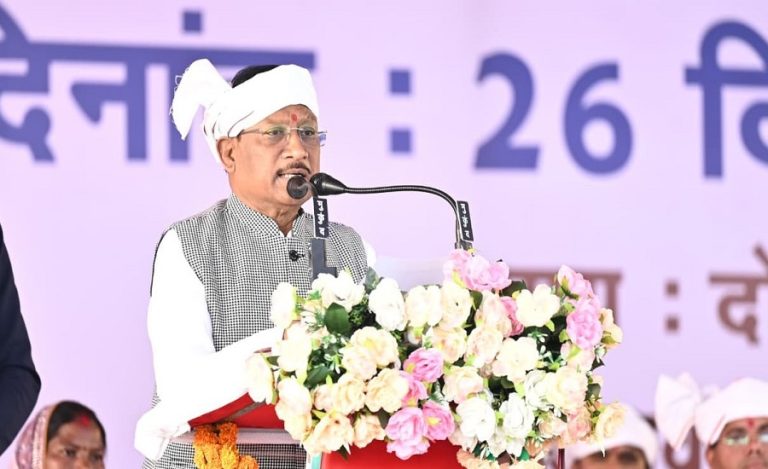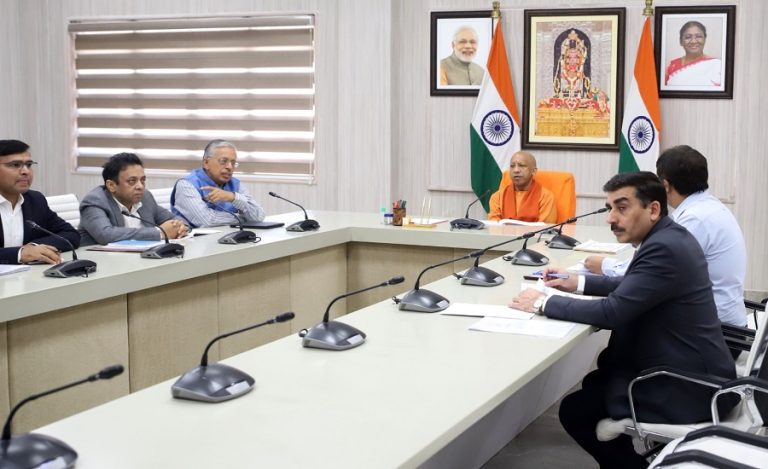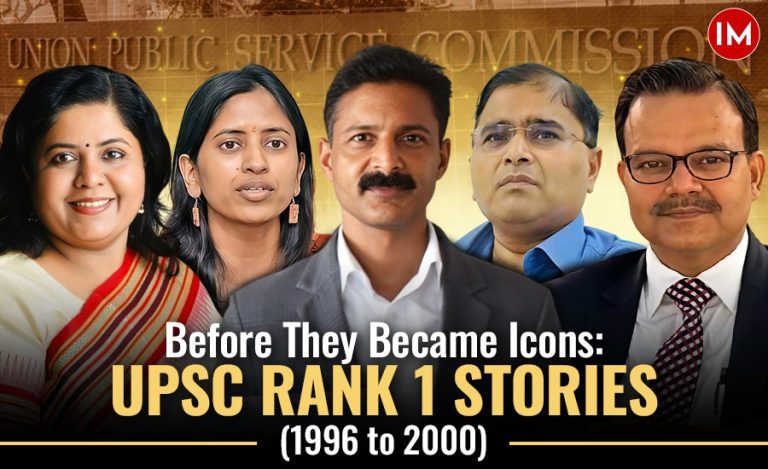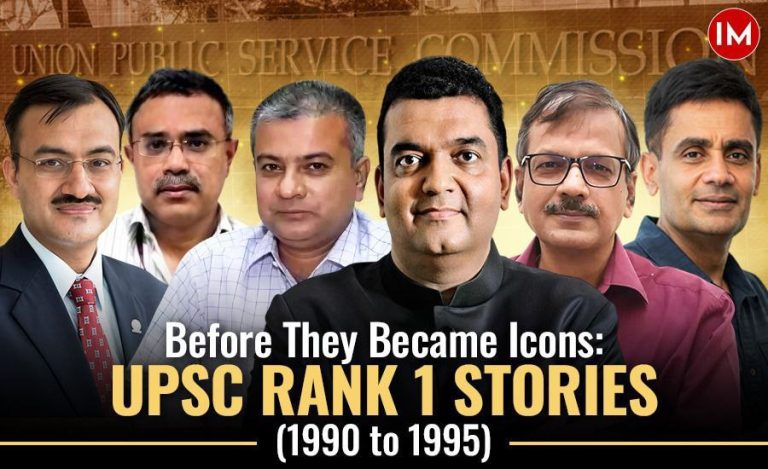New Delhi/Beijing: In a significant diplomatic development, Prime Minister Narendra Modi is expected to visit China later this month to attend the Shanghai Cooperation Organisation (SCO) summit—his first trip to the country since the Galwan Valley clash in June 2020. The visit, scheduled from August 31 to September 1, comes amid ongoing tension and a complex web of geopolitical calculations involving China, India, and a rapidly polarising global landscape.
Modi’s travel plans include a stop in Tokyo on August 30, where he will hold bilateral discussions with Japanese Prime Minister Fumio Kishida during the annual India–Japan Summit, before proceeding to China for the multilateral engagement.
A Post-Galwan Recalibration in India–China Ties
The Galwan conflict, which marked a turning point in India–China relations, had effectively halted all high-level bilateral visits for over five years. Despite multiple rounds of diplomatic and military dialogue aimed at de-escalation, a full resolution remains elusive. The border remains volatile, troop deployments persist, and mutual suspicion continues to define the relationship.
Modi’s attendance at the SCO summit is therefore being interpreted as a cautious attempt to resume top-level engagement with China while reaffirming India’s role in Eurasian multilateral forums.
Strategic Convergence and Diplomatic Complexities
The SCO, which evolved from the Shanghai Five framework of 1996, now includes China, India, Russia, Pakistan, Kazakhstan, Kyrgyzstan, Tajikistan, Uzbekistan, Iran, and Belarus. Its focus spans regional security, economic cooperation, and counter-terrorism.
Modi and Chinese President Xi Jinping last interacted at the BRICS summit in Russia in October 2024. While the meeting was framed around multilateral concerns, undercurrents of distrust lingered—further complicated by global tensions. US President Donald Trump recently accused BRICS nations of undermining the US dollar, citing continued oil purchases from Russia as a key concern. These allegations have amplified divisions in global forums like BRICS and SCO, putting additional pressure on member states like India to navigate complex alignments.
India Holds Ground on Terrorism Narrative
India’s engagement with the SCO has not been without friction. In June 2025, Defence Minister Rajnath Singh attended the SCO Defence Ministers’ meeting in Qingdao but notably refused to sign a draft joint communiqué. The sticking point: language that India viewed as soft on terrorism, particularly following the Pahalgam terror attack that claimed 26 Indian lives.
India objected to text that appeared to dilute its stance on cross-border terrorism. It also strongly opposed references allegedly inserted by China and Pakistan, including one alluding to Balochistan—interpreted by Indian officials as a subtle accusation of interference in Pakistan’s internal affairs.
The stalemate ultimately led to the collapse of the joint declaration, underlining the difficulty of forging consensus in forums where competing interests run deep.
Diplomacy Amid Rising Polarisation
Modi’s upcoming visit takes place against a backdrop of escalating global instability. With power blocs becoming increasingly assertive and multilateralism facing strain, India’s approach reflects a dual strategy—asserting its core national interests while maintaining a seat at the table in strategic multilateral platforms.
The visit is seen as a symbolic step forward, but with guarded expectations. While Delhi and Beijing may explore possibilities for limited détente, the underlying mistrust—especially concerning sovereignty, territorial integrity, and counter-terrorism—remains unresolved.

